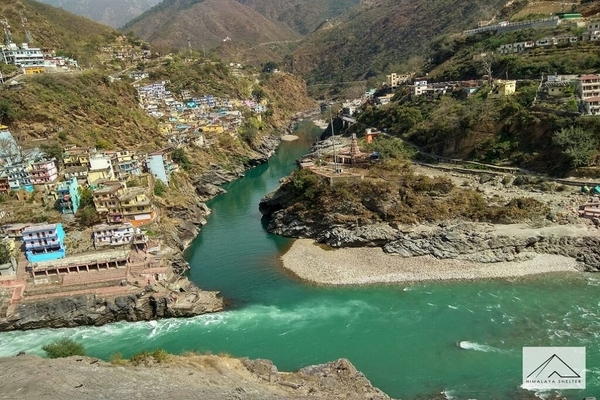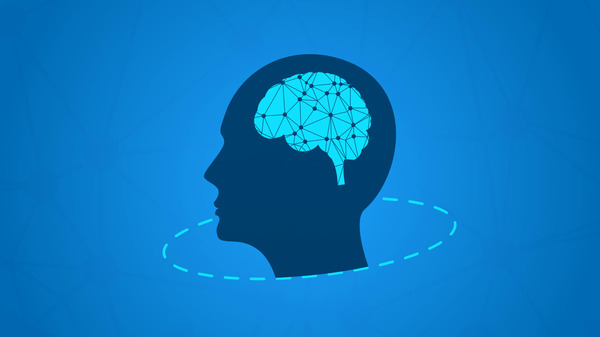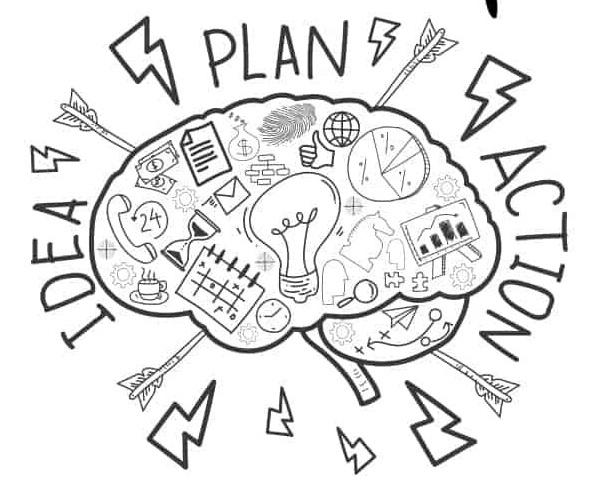Rescue rivers A primaeval element sustaining & nourishing all living entities, water – the elixir of life as Sir C.V. Raman called it, must be treated with utmost caution and regard. Globally, it is getting scarcer. At places one has to shell out more for water than milk or petrol. Imbued with spiritually purifying attributes, no Hindu worships is complete without using sacrosanct water; same is true with other faiths. Sadhguru suggests giving thought to divine, elemental power of water before ingesting it to partake of its full potential. The message is loud and clear; it must not be defiled, nor a drop of precious water wasted.
About 70 per cent of Earth’s surface is water. Yet of all the water on Earth, 97 per cent is salty and just one percent fit for ready human consumption. At the same time, 80 per cent of water supplies for human and agricultural use are sourced from groundwater. However, increasing exploitation of groundwater to meet routine and other needs has led to successive lowering of groundwater levels in most regions besides eventually creating soil salinity and consequential low yields. Geologists are at loss to do something about depleting groundwater reserves. Daily discharge of some two million tonnes of toxic industrial effluents, garbage and farm wastes further degenerate groundwater quality. We do have technology to make the filthiest water fit & safe for use but it is too costly to be put to common use. Rain water is another safe and excellent source of potable water but its erratic and unreliable availability renders it unmanageable. So, all eyes are set on rivers to meet varied human needs. Recognising the seminal role of rivers in growth of civilisations, agriculture, transportation, hydro electricity generation and economic growth, the International Day of Action for Rivers on 14 March was established to raise awareness about protection of rivers and prevent water contamination. The lately formed Jal Shakti Ministry focuses on the revival and conservation of wetlands in the river basins and tackling the alarming levels of river pollution. Earlier, the National Green Tribunal, country’s pollution watchdog had advised the Jal Shakti ministry to plan an workable mechanism for cleaning up the polluted river stretches in the country.
Had there been no tempering with the flowing waters, our urban and rural settlements may not have suffered river pollution and potable water crunch. Most rivers of the world and in India Ganga, Yamuna, Cauvery, Godavari, Musi are severely polluted, some looking like a dirty still canal. Example of Thames river in London, cleanest as of now, is worth emulating by many countries including India. Till fifty years ago it was much polluted and declared ‘biologically dead’. If the tourists can witness the base of the crystal clear river and also sharks, seals, eels and seahorses, the erection of treatment plants in the vicinity, credit goes to the state initiatives. More than half the London’s sewage sludge is sold as fertilizer to farmers. Rescue rivers
Indian farming conditions are characteristically marred by droughts & floods. In this context, the lingering project on interlinking of rivers and canals, envisioned as a pragmatic strategy to sustain 16 per cent of world’s population with just 4 per cent of world’s water has yet to see the light of the day. Once implemented, the excessive water of monsoon months shall be diverted to water-deficit regions and also help bring in larger areas under farming and irrigation, provide build up of waterways for transport and accelerate installation of multipurpose river projects and generate additional employment. Sadly, nation’s river water distribution scene is plagued by inter-state disputes: Krishna, Cavery, Satlun, Beas, Ravi, Tungabhadra, Godavari, Narmada, Mahi, Yamuna, Karmansa, and so on. The tribunals established to settle the riparian State disputes on sharing of waters could not resolve the conflicts. Decisions of courts are pending for execution. At the helm is the reluctance to part with the water that could be spared to quench the thirst of millions in the neighbouring State. Abroad, interlinking of Rhine-Danube canal, Illinois waterway, Tennessee-Tomigbee waterway, Gulf Intracoastal waterway and Dian Zhong Water Diversion Project have demonstrated that the networks created ushered in multifold benefits. At home, on proposed river linking projects related to Krishna, Pennar and Cauvery, the Karnataka chief minister bluntly declared recently to take all steps to get the State’s share of water, and not compromise. Similar sentiment has been conveyed by Telangana State over Godavari waters. Rescue rivers
Then, we have another view strongly espoused by ‘Waterman of India’ Rajendra Singh against linking of rivers pleading not to divert the free flow of rivers, the veins and arteries of earth. True, changing the courses of rivers can disturb the ecology of water creatures yet considering the overall long term advantages there is point in waterways linking project. Mr Rajendra Singh also opposes erection of hydro electricity plants as the power thus produced costs Rs. 19 per unit vis-à-vis Rs. 3.60 through solar system that must be promoted. The Waterman plans to protect rivers by having series of meetings with MPs, MLAs, NGOs, local bodies and lastly Satyagraha if talks do not yield concrete results.
…. …. …. …. ….…. …. …. ….…. …. …. ….…. …. …. ….…. …. …. ….…. …. …. ….…. …. …. ….…. …. …. ….
Also published in The Pioneer, 14 March 2020, the Monday. Link:
https://www.dailypioneer.com/2022/columnists/rescue-rivers-to-sustain-human-life.html




